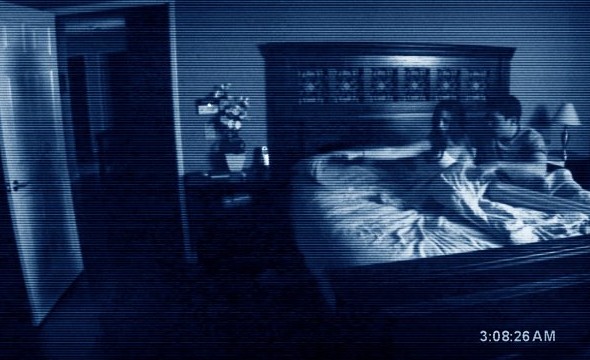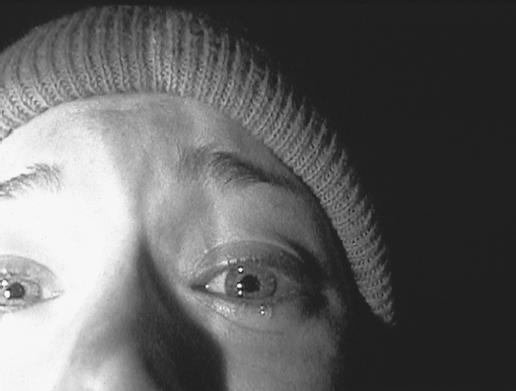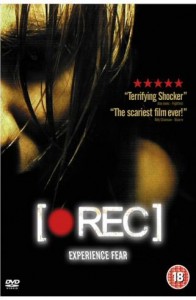Found-footage Horror

A few years back, Francis Ford Coppola predicted that the future of film was an adolescent girl in the mid-west armed with a cheap camcorder. That hasn’t exactly happened (yet[1]), but ever-evolving video technology has definitely had an effect on the movies we see.
While new hi-def equipment is being used more and more frequently on big budget features, I find what’s been happening at the lower end of the scale more interesting. There’s the low budget Mumblecore movement, for instance, an attempt to reflect what might be termed ordinary life. But the nature of the business is still rooted in commercial concerns, and as a result, a lot of filmmakers are using inexpensive means to create genre movies, often horror.

This started, of course, in 1999 with The Blair Witch Project, an interesting if highly over-rated little movie which established one of the most prevalent tropes in modern horror: the found-footage film. There have been so many of these faux “documentaries” in recent years that it has become something of a cliche … but in skillful hands, this is a very effective form. The idea is simply that someone has been out shooting video and encountered something bad which probably killed them, leaving behind a video record of the experience. It’s a form that lends itself to incompleteness and suggestion, making it viable on a low budget (probably the biggest budget example to date is Matt Reeves’ Cloverfield, whose scale and slickness works against the form to some degree, not to mention that the characters are shallow and unengaging).
The best of these movies have a feeling of immediacy and urgency about them which creates an air of fear and hysteria, a kind of relentlessness rooted in the sense that whoever is shooting the material is out of his or her depth and being dragged headlong into something very nasty – REC (Paco Plaza & Jaume Balaguero, 2007 – remade in the U.S. with only limited success as Quarantine [John Erick Dowdle, 2008]); The Last Exorcism (Daniel Stamm, 2010); Paranormal Activity (Oren Peli, 2007).
The latter is perhaps a perfect example of the form: the set-up, the characters, the location – everything is completely ordinary, the definition of unexceptional modern suburban life. But thanks to the availability of cheap video technology, we get to see increasingly unsettling glimpses of something unnatural intruding into the ordinary. What is most disturbing is that we get to see these things while the characters are at their most unaware and vulnerable, while they sleep. For me, this film was like a feature-length riff on the most powerful sequence in Robert Wise’s classic The Haunting: the two sensitives, Eleanor and Theo, cower in their dark, oppressive bedroom while something prowls the hallway outside, pausing to hammer violently on the door. This scene conjures sheer terror merely through darkness and inexplicable sounds. It plays, like all the best horror, on our sense of vulnerability in the face of the unknown.
What ties this new breed of films together as a group is the fact that the recording technology is foregrounded, in fact becomes essential to the narrative we see unfolding. Our ability to record every moment of our lives makes visible all the things we might not normally notice, the things that happen behind us, in the shadows, while we sleep … but because of the physical limitations of this technology, what we glimpse remains ill-defined, all the more threatening for its ultimate unknowability, creating an overriding sense of uncertainty and insecurity. We become like Marion Crane in that motel room shower in Psycho, going about our ordinary business as dangerous forces close in around us.
For me, this particular movement has revitalized horror, reintroducing suggestion, a deep sense of unease, into a genre which had declined in recent years into either ironically self-referential comedy or explicit carnage and repetitive attempts to shock and disgust rather than get under the audience’s skin.
______________________________________
(1.) When I wrote that, I wasn’t aware of Emily Hagins and her 2006 shot-on-video Pathogen, an infection/zombie horror movie she wrote and directed when she was twelve. (return)

Comments